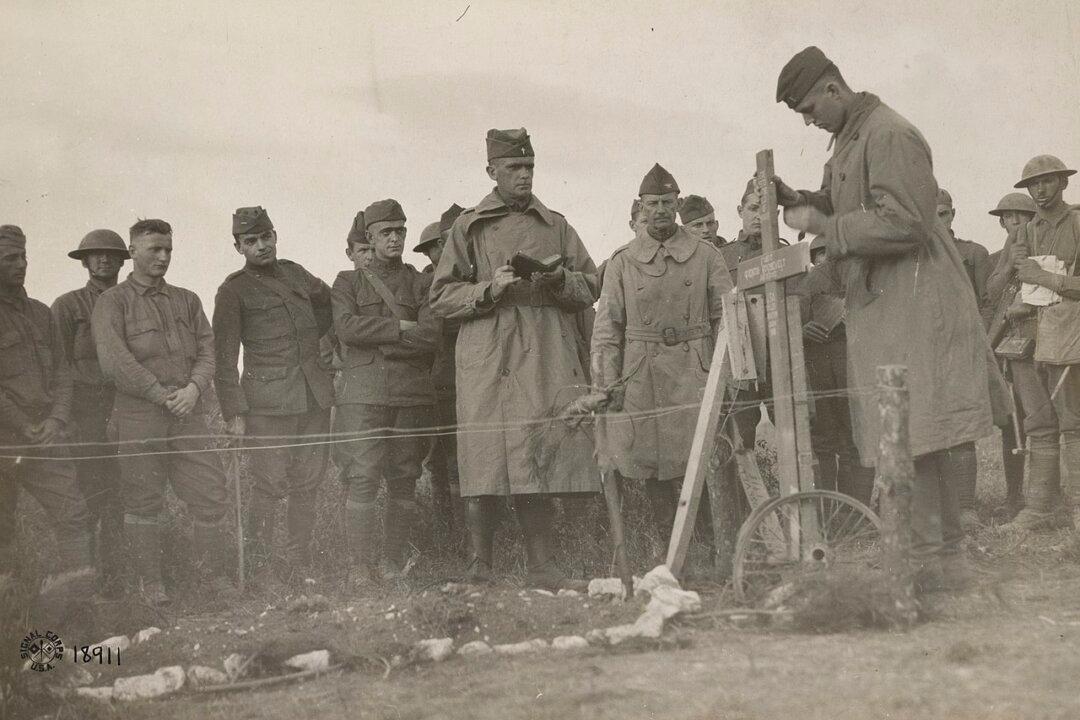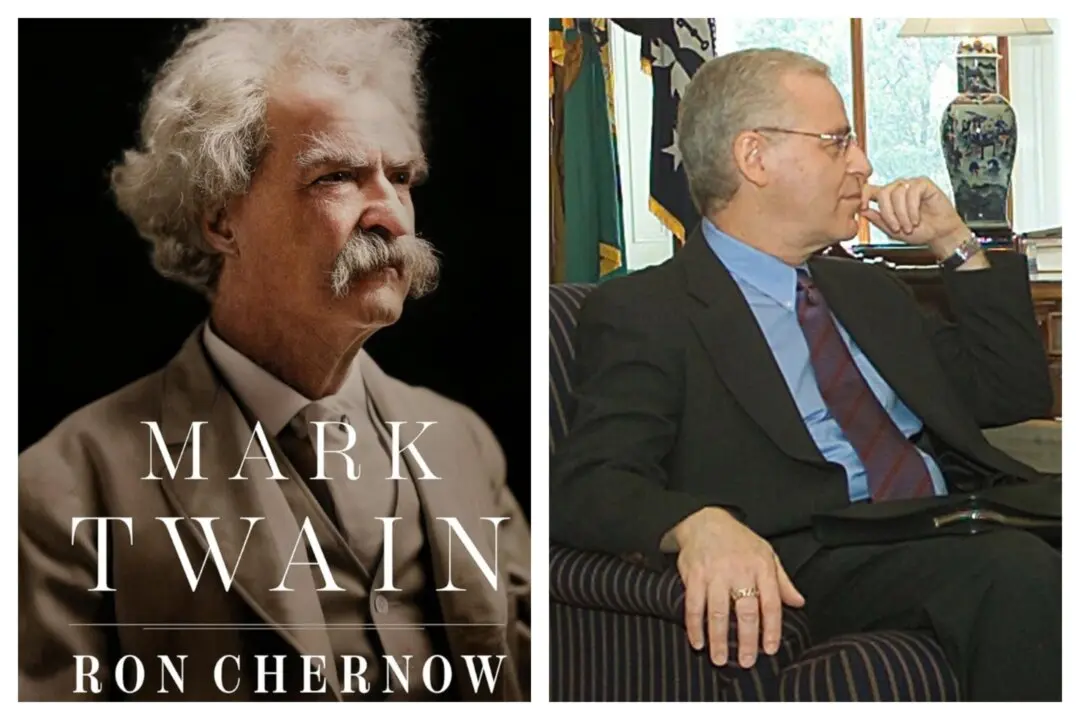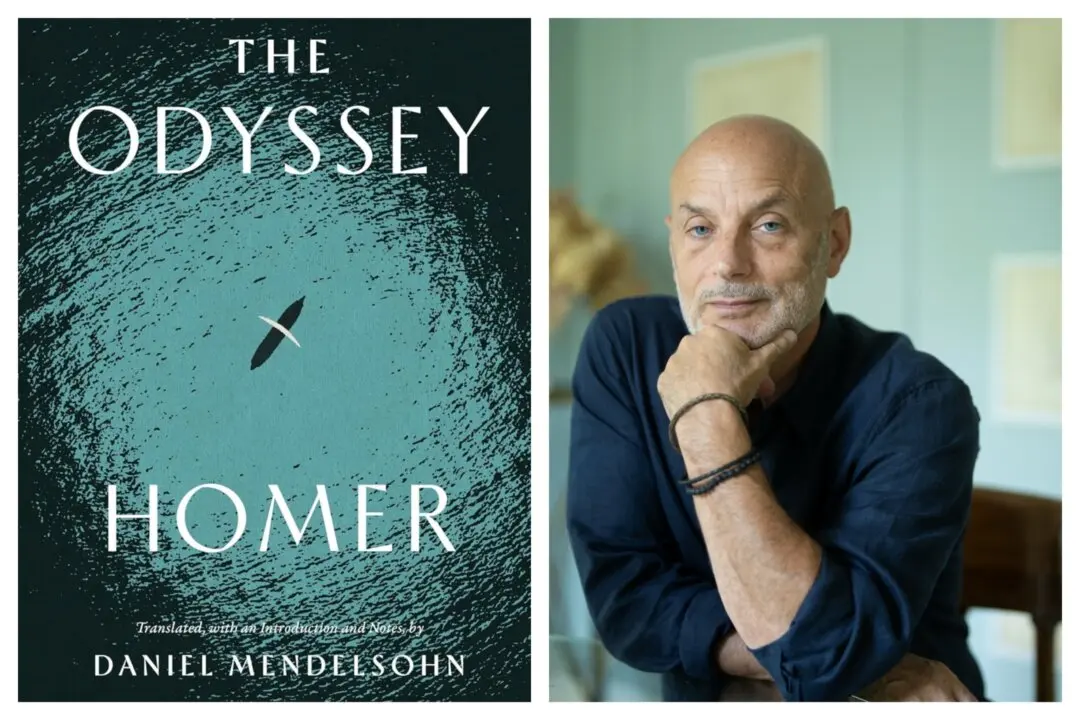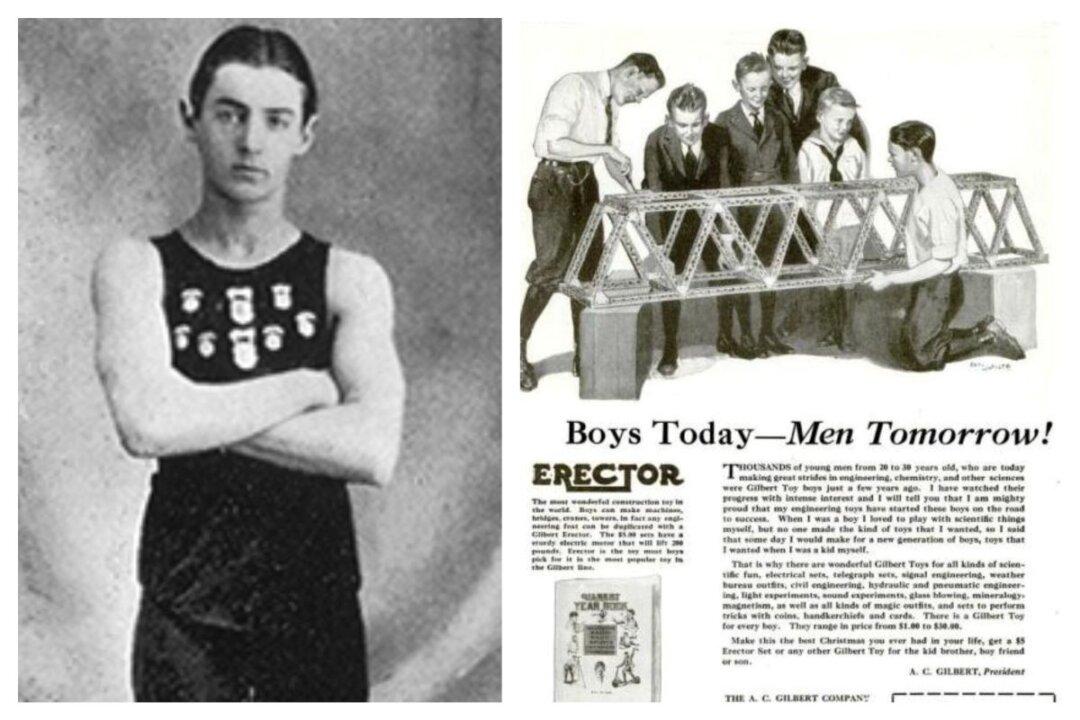“Back came our decimated battalions along the way they had already traveled. They marched in wearied silence until they came to the slopes around Meurcy Farm. Then from end to end of the line came the sound of dry, suppressed sobs. They were marching among the bodies of their unburied dead. In the stress of battle there had been but little time to think of them—all minds had been turned on victory. But the men who lay there were dearer to them than kindred, dearer than life; and these strong warriors paid their bashful involuntary tribute to the ties of love and long regret that bind brave men to the memory of their departed comrades.”
Francis P. Duffy (1871–1932) wrote those words in his autobiography. He was one of those marching among those unburied dead during the summer of 1918 in far flung France. His mission, however, was different from that of the American “Doughboys.” He was called to do more than weep over these departed souls. His mission was to help save them before they departed.






